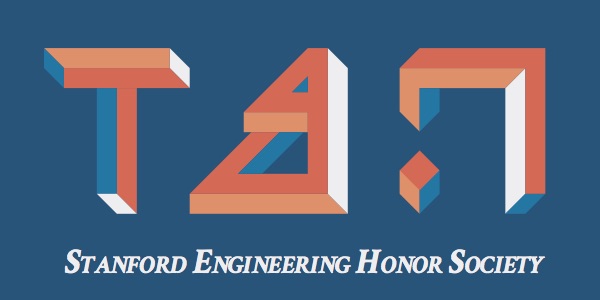By Thomas Colburn, Senior, Chemical Engineering
Thomas is an undergraduate majoring in Chemical Engineering. When he is not in lab making organic solar cells, Thomas enjoys cooking, running, playing in a saxophone quartet, and Gregorian chanting.

Why did you choose to be an engineer?
My passion for engineering is rooted in my desire to solve real world problems with efficient, cost effective, and transformative solutions. Engineering gives me the tool kit to approach some of the most daunting problems facing humanity and use these tools to help others through innovative chemistry.
When a peer hears you are a chemical engineering student, it is often accompanied by curious questions about your well-being, an awkward laugh pertaining to “school-life” balance, or the common probe: “How many units is that?”. Despite chemical engineering’s breadth spanning beyond organic chemistry, thermodynamics, fluid mechanics, biochemical engineering, separations, and quantum mechanics, chemical engineering has an intrinsic beauty that is easy to forget during the challenging p-sets and late nights. I would like to spend a moment reminding the world of the beauty of this major both to those in the throes of fluids, those contemplating the scintillating field of solar cells, fermentation, and polymers, or those exploring what their peers really mean when they describe “ChemEng”.
The chemical engineering discipline comprises the intersection of biology, chemistry, physics, and math with a dynamism that is difficult to match. My Stanford career began with introductory chemistry followed by the oft despaired organic chemistry. What some bemoan as a Klingon-esque jargon of shapes, dots, and arrows became for me a masterpiece woven from electron motion in pi-pi orbitals, resonance forms, hydrogen shifts, and radicals. A cluttered whiteboard covered in Sn2’s, eliminations, and the like is far more than an impressionistic array of tiny shapes moving on a plain canvas; it reveals the reality, or at least a part of the reality, of what is happening in a beaker during a reaction! A reaction mechanism is truly a simplified guidebook to understanding the nuanced world churning in your body or bubbling away in your skillet. I was truly awakened to organic chemistry as an art form and a language of molecules that almost glittered if you looked at it from the right angle.
Turning the page, chemical engineers then move to the core chemical engineering subjects like fluid mechanics, thermodynamics, and heat and mass transport. Here, mathematics takes the center stage in the modeling of the world around us. Ever wondered why you have to shake or tap the bottom of a ketchup bottle? How about how vineyards keep frost off their grapes? These are two of a multitude of fascinating questions that our coursework addressed at a fundamental level, looking at not only how these phenomena are characterized using (sometimes less than simple) equations, but also used for future discoveries. A fluid vector field is something that holds to an artistic style all its own and one deserving study. While challenging, these core chemical engineering classes teach students how to look at the world through the lens of mass balances (ACC = In – Out + Gen – Cons for all my ChemE’s out there!) and other mathematical principles.
So, next time you’re talking with your ChemE friends or just want to dip your toes into this amazing major, I implore you to take pause and be captivated in fascination by the reactions keeping you alive, the products you use everyday, and the world in which you live! In this dazzling tapestry of our lives, it is sometimes easy to forget that we live surrounded by nuanced and profound chemistry that is happening literally at our fingertips! Take a deep breath (knowing that your hemoglobin is binding some oxygen) and absorb the artistic wonder of chemical engineering!
